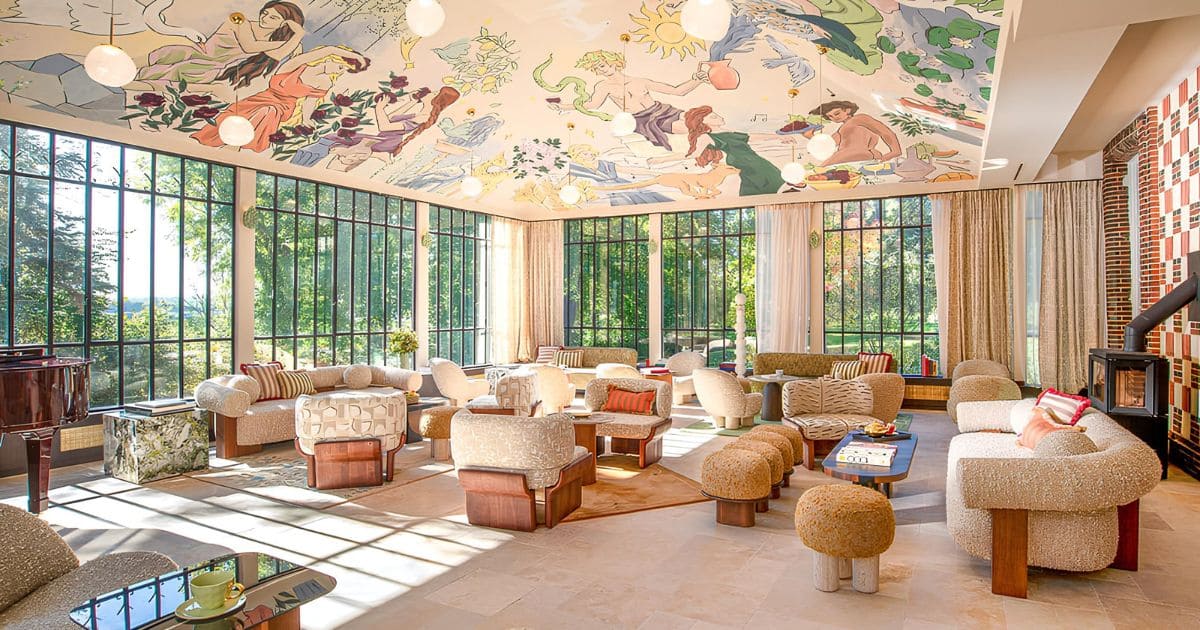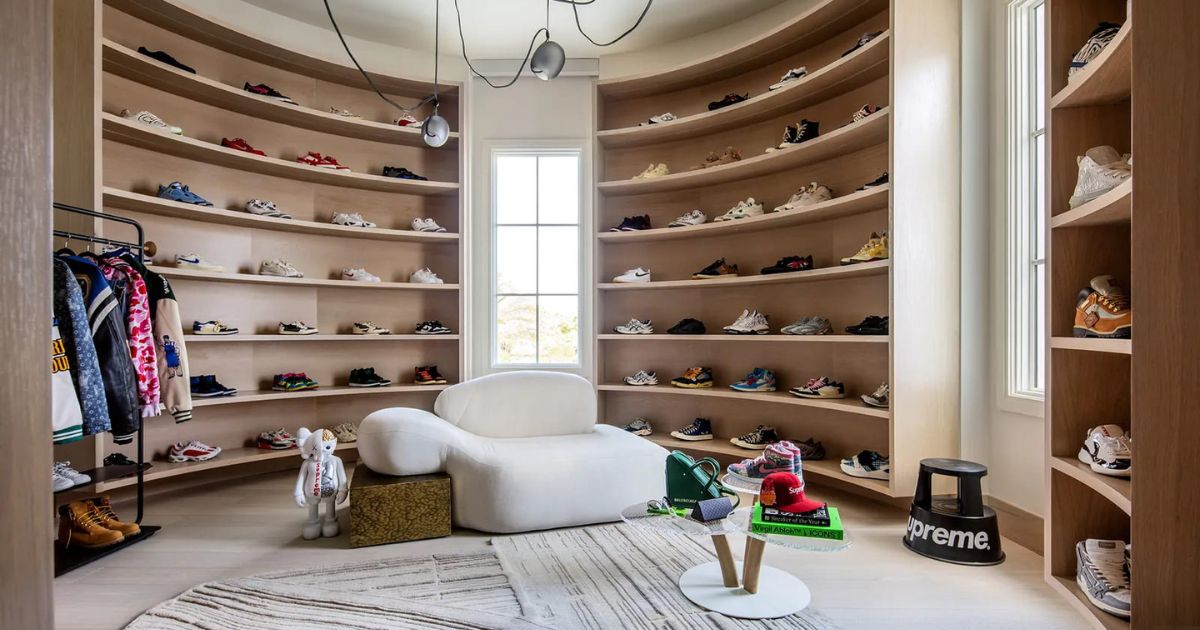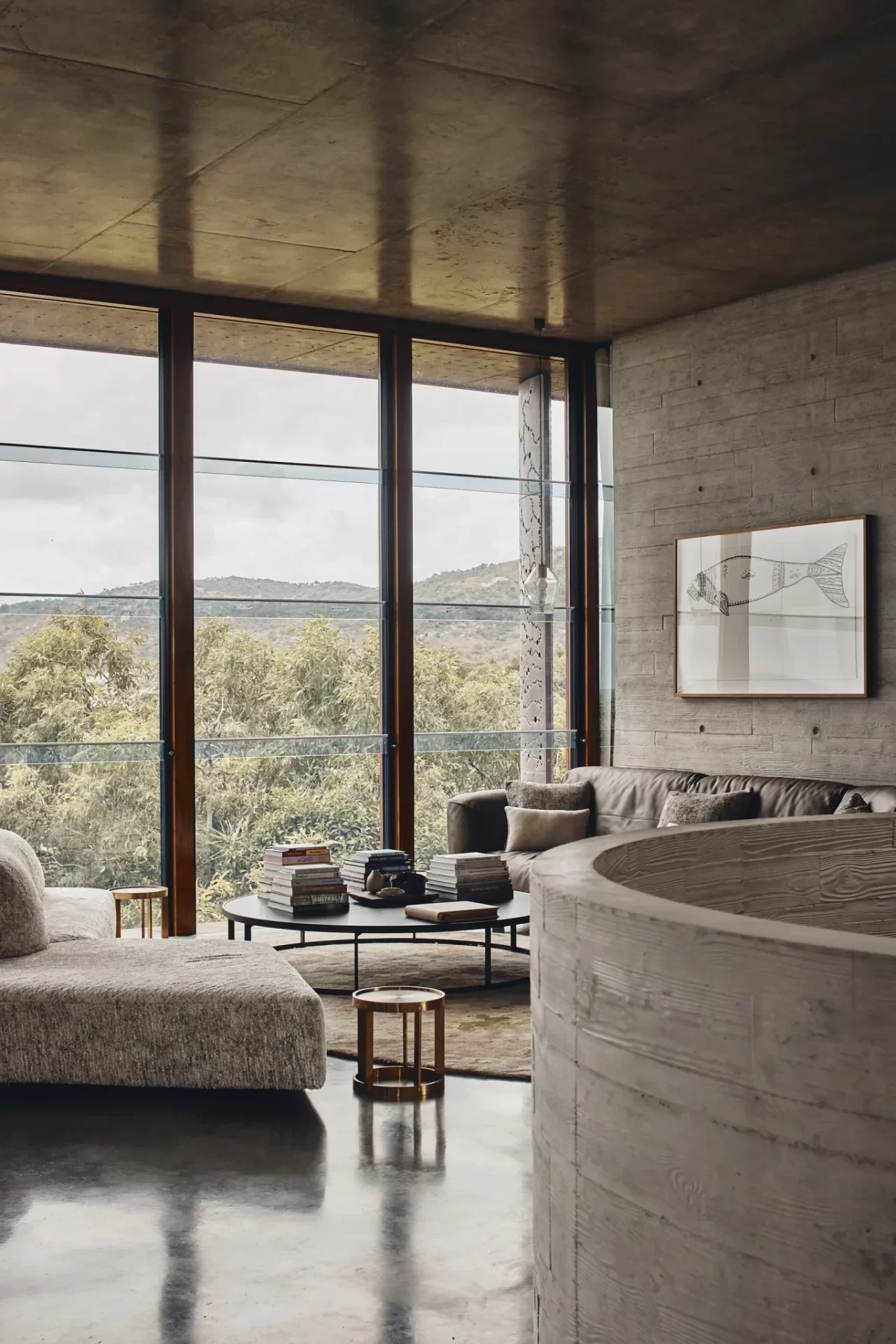
Brutalist Interior Design: The Bold Trend Redefining Modern Living
Brutalist Interior Design: The Bold Comeback of Raw Beauty
Brutalist Interior Design is making a powerful comeback. Once seen as cold and severe, this raw and expressive style is now being reimagined by contemporary designers. With its use of exposed concrete, sculptural forms, and minimalist palettes, Brutalist interiors speak to a new generation looking for authenticity, simplicity, and bold character. In this article, we explore what defines Brutalist Interior Design and how to bring its striking aesthetic into modern spaces.
Origins in Brutalist Interior Design
Brutalist Interior Design has its roots in Brutalist architecture, a movement that emerged in the mid-20th century, especially after World War II. Known for its use of raw concrete, large geometric forms, and unapologetically functional structures, Brutalism aimed to rebuild cities with honesty and resilience. The term itself derives from the French word for “raw,” and it reflected a desire to strip architecture of unnecessary decoration.
What began as a solution for public housing and institutional buildings evolved into a distinct aesthetic—one that valued structure over softness. These principles soon started influencing interior spaces, bringing the outside in and celebrating materials in their most honest form.

Key Features of Brutalist Interior Design
Materials: Concrete, Steel, and Stone
At the core of Brutalist Interior Design are raw, industrial materials. Exposed concrete is a signature element—used not just structurally, but also aesthetically in walls, floors, and even countertops. Steel, often left untreated, adds a cold, graphic quality to spaces, while natural stone introduces texture and grounding.
These materials are celebrated for what they are: unrefined, heavy, and tactile. There’s no attempt to cover imperfections—in fact, cracks, patinas, and irregular finishes are often highlighted as part of the space’s character.
Neutral Color Palettes and Harsh Textures
The Brutalist palette leans heavily on greys, blacks, and earthy tones, reinforcing the connection to stone and concrete. These muted colors create a backdrop that allows light, shadow, and texture to play a more prominent role. Instead of color, depth comes through contrast: polished vs. rough, matte vs. reflective, cold vs. warm.
Textures are intentionally raw—brushed metal, untreated wood, coarse textiles—and each surface is chosen for its tactile and visual strength. This creates a sensory experience that’s grounded, introspective, and visually dramatic.
Sculptural Furniture and Functional Forms
Brutalist interiors, furniture often doubles as sculpture. Think blocky, heavy sofas; minimalist metal chairs; and brutal, geometric coffee tables. The focus is on form, weight, and proportion, with an emphasis on function over flourish.
There’s also a tendency toward custom-built furniture integrated directly into the architecture—like cast-concrete benches or floating stone shelves—blurring the line between structure and design. These elements bring a cohesive, intentional feel that aligns with the movement’s architectural origins.

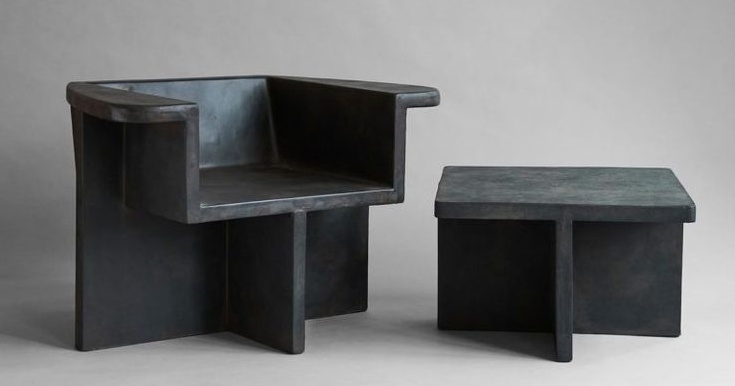
Why Brutalist Interior Design Is Making a Comeback
A Reaction to Overdecorated Trends
The return of Brutalist Interior Design is, in part, a reaction to overly polished and decorative trends. After years of maximalism, fast furniture, and hyper-curated Instagram aesthetics, many are craving something more grounded—design that feels authentic, substantial, and enduring.
Brutalism offers that alternative. Its commitment to honesty in materials and structure feels refreshing in a world of surface-level styling. It rejects the superfluous and invites us to focus on what truly matters in a space: light, volume, texture, and intention.
Embracing Raw Beauty and Minimalism
There’s also a growing appreciation for raw beauty—a kind of minimalist aesthetic that values restraint, silence, and material integrity. Brutalist interiors align with this ethos, creating spaces that are calm yet powerful, minimal yet expressive.
In a fast-paced, overstimulated world, many people are turning to simpler, quieter environments. Brutalism’s stripped-back style provides a kind of visual stillness that resonates, especially in urban settings where overstimulation is constant.
How Designers Are Reinterpreting Brutalism Today
Modern designers are giving Brutalism a softer edge. While the core principles remain—exposed materials, geometric volumes, bold forms—there’s a new focus on balance and livability. Brutalist interiors today might feature warm lighting, soft textiles, or natural wood elements to offset the heaviness.
This reinterpretation keeps the style from feeling too severe. Instead, it becomes a dialogue between strength and subtlety, offering spaces that are both visually impactful and emotionally grounding.


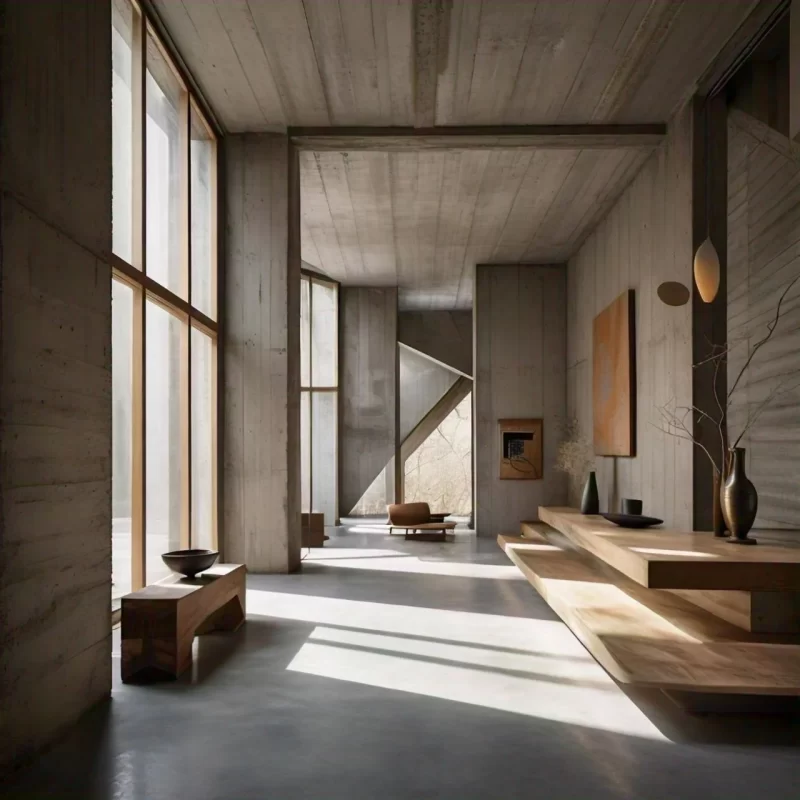
How to Incorporate Brutalist Interior Design at Home
To bring Brutalist Interior Design into your home, start by embracing raw materials like concrete, steel, and stone—whether through architectural details or statement furniture. Opt for bold, sculptural pieces with geometric forms, and keep the color palette neutral and grounded. Focus on simplicity and structure, but balance the severity with soft textures, warm lighting, and natural fabrics to make the space feel both striking and livable.
You might be inspired by these pieces:
You might also like: Inside Lenny Kravitz’s Home in Paris: A Breathtaking Parisian Design Oasis
Are you interested in finding more about Brutalist Interior Design? Let us know!



